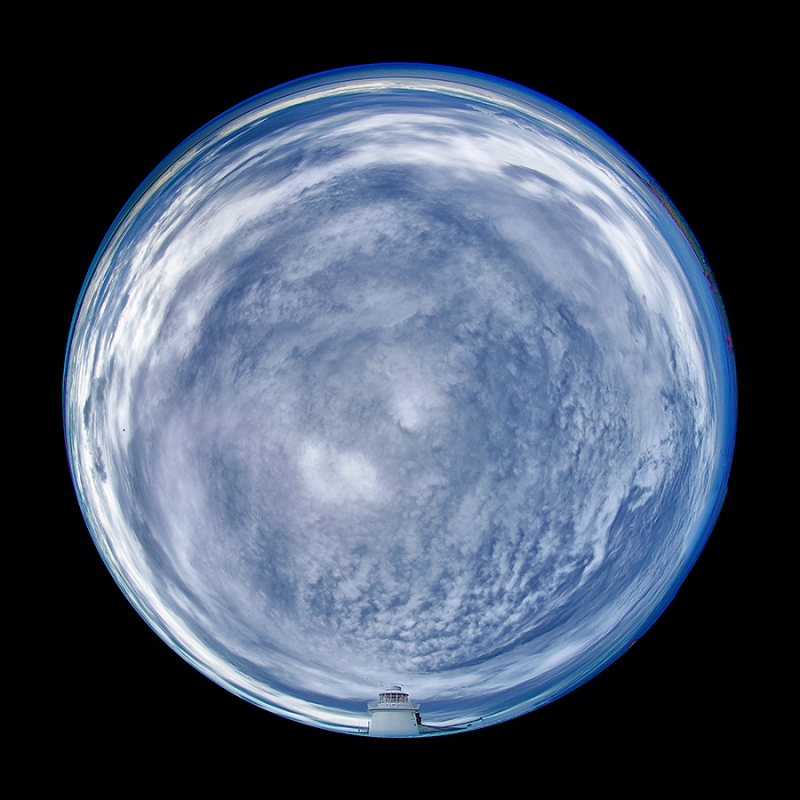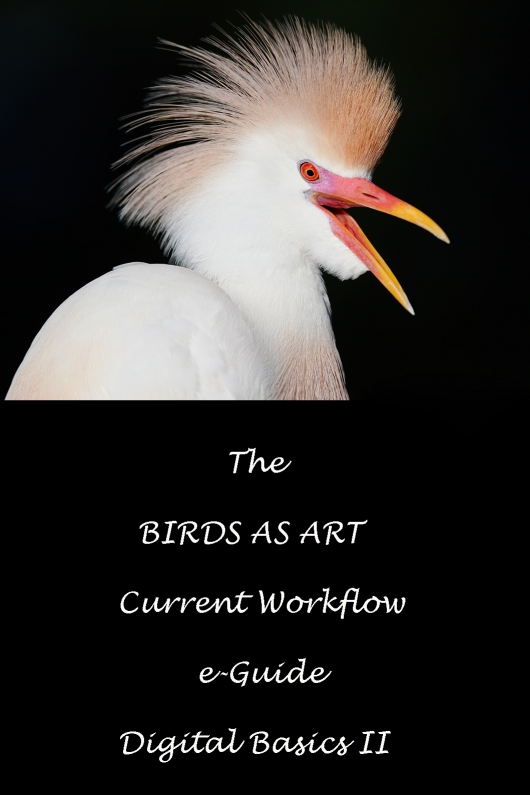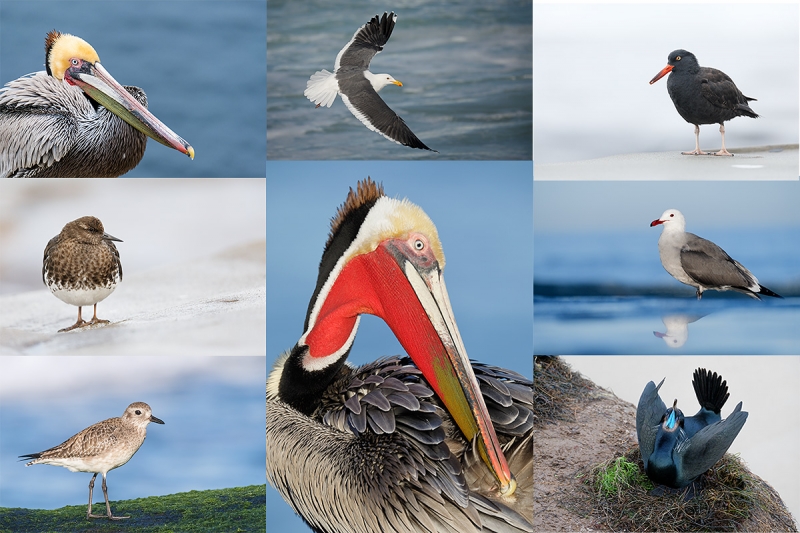Stuff
We had hopes of doing a second gannet boat trip on Tuesday morning but when we spoke to Captain Gordon on Monday evening he said that it would be too nasty to sail, that the big swells, a result of the northeast winds, would still be with us. Most everyone but me slept late. Several of us headed up to Musslelburgh just this side of Edinburgh in a light rain in search of alleged shorebirds. We did see one Eurasian Oystercatcher but other than that they were indeed alleged. We used a variety of lenses to photograph some pretty flowers that might or might not have been wildflowers. And some dead roses.
We have an early dinner planned for Wednesday evening as we will be leaving early for the Edinburgh Airport on Wednesday morning. Thus the IPT that began in the rain ended with the wind but was pretty much spectacular in between. Weather-wise, it turned out to be my toughest UK trip ever. By far.
The Streak
Just in case you have not been counting, today makes 24 days in a row with a new educational blog post 🙂 There will be few or no new blog posts for a week while I am on the Bear Boat in Alaska as we move the BAA Blog to a new server.
Booking.Com
When I could not secure the lodging that I needed for the UK Puffins and Gannets IPT in Dunbar, Scotland, I went from Hotels.Com to Booking.Com and was pleasantly surprised. I found the rooms that I needed with ease at a hotel that was not even on Hotels.Com, and it was a nice hotel that I had seen in person. And the rates were great. If you’d like to give Booking.Com a shot, click here and you will earn a $25 reward.


Gear Questions and Advice
Too many folks attending BAA IPTs and dozens of folks whom I see in the field, and on BPN, are–out of ignorance–using the wrong gear especially when it comes to tripods and more especially, tripod heads… Please know that I am always glad to answer your gear questions via e-mail.
Please Don’t Forget …
As always–and folks have been doing a really great job for a long time now–please remember to use the BAA B&H links for your major and minor gear purchases. For best results, use one of our many product-specific links; after clicking on one of those you can continue shopping with all subsequent purchases invisibly tracked to BAA. Your doing so is always greatly appreciated. Please remember: web orders only. And please remember also that if you are shopping for items that we carry in the BAA Online Store (as noted in red at the close of this post below) we would of course appreciate your business.
|
|
|
This in-camera Art Vivid JPEG was created on the last afternoon of the Seahouses portion of the 2017 UK Puffins and Gannets IPT with the hand held Canon EF 8-15mm f/4L fisheye USM lens (at 8mm) and my favorite bird photography camera body, the Canon EOS 5D Mark IV. ISO 800. Auto Dynamic. Evaluative metering +2 tops as framed around a base exposure of 1/1600 sec. at f6.3 in Manual mode. Daylight WB. The center AF point/AI Servo/Expand/Shutter button AF was active at the moment of exposure; depth of field with this lens is pretty much a moot point as everything will be in sharp focus at 8mm. Inner Farnes Lighthouse with Round Sky |
Lighthouse with Round Sky
It is fun to play with what I call “the circle lens” on cloudy days. It is pretty much impossible to use this lens on a sunny day. If you work with the sun behind you your shadow with be in the frame. And if you have the sun in the frame, you will get the most horrific flare you have ever seen. But using this neat little lens will get you to think creatively or you will go home hungry. To make today’s image I got away from the crowd and pointed the lens straight up. I never even saw the lighthouse in the frame until I viewed it on the laptop.
At 8mm on a full frame body you get the 180 degree circular view but you must remember to remove the lens hood. 🙂 . At 15mm, you get a true fisheye view and you can work with the lens hood on. If you work at a focal length other than 8 or 15mm with the lens hood on or off you will have black thingies poking into your frame from the corners (unless I am very confused …)
With a 1.6 crop factor body like the 7D Mark II the 8mm setting will give you a 15mm fisheye lens.
Circle Lens Question …
When you are using the circle lens at 8mm is there any need to use the viewfinder level? Why or why not?
Your Opinion is Valued
Please be frank and let us know what you think of today’s featured image. And be sure to let us know why you feel the way you do. No holds barred is best.
|
|
|
The BIRDS AS ART Current Workflow e-Guide (Digital Basics II) will teach you an efficient Mac/Photo Mechanic/Photoshop workflow that will make it easy for you to make your images better in Photoshop (rather than worse). That true whether you convert your images in DPP 4 or ACR. See the blog post here to learn lots more and to read a free excerpt. You can order your copy from the BAA Online Store here, by sending a Paypal for $40 here, or by calling Jim or Jennifer weekdays at 863-692-0906 with your credit card in hand. |
If In Doubt …
If in doubt about using the BAA B&H affiliate link correctly, you can always start your search by clicking here. Please note that the tracking is invisible. Please, however, remember to shoot me your receipt via e-mail.
|
|
2017 in San Diego was a very good year …. |
2018 San Diego 4 1/2-DAY BIRDS AS ART IPT: Monday, JAN 15 thru and including the morning session on Friday, JAN 19, 2018: 4 1/2 days: $2099.
Limit: 10: Openings: 4
Meet and Greet at 6:30pm on the evening before the IPT begins; Sunday, Jan 14, 2018.
Join me in San Diego to photograph the spectacular breeding plumage Brown Pelicans with their fire-engine red and olive green bill pouches; Brandt’s (usually nesting and displaying) and Double-crested Cormorants; breeding plumage Ring-necked Duck; other duck species possible including Lesser Scaup, Redhead, Wood Duck and Surf Scoter; a variety of gulls including Western, California, and the gorgeous Heerman’s, all in full breeding plumage; shorebirds including Marbled Godwit, Whimbrel, Willet, Sanderling and Black-bellied Plover; many others possible including Least, Western, and Spotted Sandpiper, Black and Ruddy Turnstone, Semipalmated Plover, and Surfbird; Harbor Seal (depending on the current regulations) and California Sea Lion; and Bird of Paradise flowers. And as you can see by studying the two IPT cards there are some nice bird-scape and landscape opportunities as well. Please note: formerly dependable, both Wood Duck and Marbled Godwit have been declining at their usual locations for the past two years …
|
San Diego offers a wealth of very attractive natural history subjects. With annual visits spanning more than three decades I have lot of experience there…. |
With gorgeous subjects just sitting there waiting to have their pictures taken, photographing the pelicans on the cliffs is about as easy as nature photography gets. With the winds from the east almost every morning there is usually some excellent flight photography. And the pelicans are almost always doing something interesting: preening, scratching, bill pouch cleaning, or squabbling. And then there are those crazy head throws that are thought to be a form of intra-flock communication. You can do most of your photography with an 80- or 100-400 lens …
Did I mention that there are wealth of great birds and natural history subjects in San Diego in winter?
|
Though the pelicans will be the stars of the show on this IPT there will be many other handsome and captivating subjects in wonderful settings. |
The San Diego Details
This IPT will include five 3 1/2 hour morning photo sessions, four 2 1/2 hour afternoon photo sessions, four lunches, and after-lunch image review and Photoshop sessions. To ensure early starts, breakfasts will be your responsibility. Dinners are on your own so that we can get some sleep.
A $599 non-refundable deposit is required to hold your slot for this IPT. You can send a check (made out to “Arthur Morris) to us at BIRDS AS ART, PO Box 7245, Indian Lake Estates, FL, 33855. Or call Jim or Jennifer at the office with a credit card at 863-692-0906. Your balance, payable only by check, will be due on 9/11//2016. If we do not receive your check for the balance on or before the due date we will try to fill your spot from the waiting list. Please print, complete, and sign the form that is linked to here and shoot it to us along with your deposit check. If you register by phone, please print, complete and sign the form as noted above and either mail it to us or e-mail the scan. If you have any questions, please feel free to contact me via e-mail.
The San Diego Site Guide
If you cannot make or afford the IPT the San Diego Site Guide truly is the next best thing to being there with me. It is all very simple, you will learn where to be when depending on the wind and sky conditions.




Please Remember to use my Affiliate Links and to Visit the New BAA Online Store 🙂
To show your appreciation for my continuing efforts here, we ask, as always, that you get in the habit of using my B&H affiliate links on the right side of the blog for all of your photo and electronics purchases. Please check the availability of all photographic accessories in the New BIRDS AS ART Online Store, especially the Mongoose M3.6 tripod head, Wimberley lens plates, Delkin flash cards and accessories, and LensCoat stuff.
As always, we sell only what I have used, have tested, and can depend on. We will not sell you junk. We know what you need to make creating great images easy and fun. And please remember that I am always glad to answer your gear questions via e-mail.
I would of course appreciate your using our B&H affiliate links for all of your major gear, video, and electronic purchases. For the photographic stuff mentioned in the paragraph above, and for everything else in the new store, we, meaning BAA, would of course greatly appreciate your business. Here is a huge thank you to the many who have been using our links on a regular basis and those who will be visiting the New BIRDS AS ART Online Store as well.
Amazon.com
Those who prefer to support BAA by shopping with Amazon may use the logo link above.
Amazon Canada
Many kind folks from north of the border, eh, have e-mailed stating that they would love to help us out by using one of our affiliate links but that living in Canada and doing so presents numerous problems. Now, they can help us out by using our Amazon Canada affiliate link by starting their searches by clicking here.
Be sure to like and follow BAA on Facebook by clicking on the logo link upper right. Tanks a stack.
Typos
In all blog posts and Bulletins, feel free to e-mail or to leave a comment regarding any typos or errors. Just be right :).



















Q: How bad was the birding?
A: It was so bad that Arthur Morris started shooting with a fisheye lens.
Hi John, I can understand how you might think that but actually the bird photography that afternoon was fantastic. I was just having fun. In fact, I made some images of the nesting birds on the cliff with the fish eye at both 8mm and 15mm.
with love, artie
For this type of shot with a circular fisheye lens, I like the lens to be plumb to create a concentric blue horizon around the perimeter of the circle. Looks pretty close for handheld.
You are correct. See my replies to Warren below …
with love, artie
Hi, Artie. Interesting image today. I like it; the lighthouse makes it but the sky is nice as well. If you’re pointing the camera straight up, then level makes no sense and you wouldn’t even think about it. But orientation does make sense. If the lighthouse in your image were coming in from one side it would look very odd, although of course you could rotate the image in post to orient it as you want. I can’t visualize what the view would be like at 8 mm if the lens weren’t pointed straight up, but I think that leveling the camera would be important.
I was wondering whether diving gannets would make good blurs, both above and below the water surface. Have you tried doing that?
You were on the right track but went of course 🙂
The lighthouse was off to one side in the original. It was a simple matter or rotating the image until it was on the bottom where I wanted it. See my replies to Jake and others for more on this topic.
Gannet blurs usually do not work because they do not flap … If you had thousands diving at once as I had in Montauk, Long Island, NY more than 29 years ago in winter they might work.
with love, artie
When you are using the circle lens at 8mm is there any need to use the viewfinder level?
I think it would be absolutely critical to get the camera level in both directions so it is pointing straight up. If it is not pointing straight up, you will see more horizon on one side of the image and less (or no) horizon on the other. Also, the horizon line (which goes around the image near the edge) will have unusual curves or bowing and not look uniform.
I have never used a lens like that, but that’s what I think would happen!
You are both correct and incorrect 🙂 If you succeed in pointing the lens straight up, then looking at the level becomes a moot point as you can simply rotate the image as needed. I did a pretty darned good job of pointing the lens straight up. The problem is that I do not know how to fine-tune the size of the circle created when using the Elliptical Marquee Tool (with the Shift key held down to create a perfect circle rather than an ellipse …)
with love, artie
hi Artie, not sure about using the level. Both John & Jake’s answers make sense to me.
I am not a fan of photos show with fish-eye lenses, so i do not like the shot. maybe it would be nice to use it with something to create a mosaic type look or looking straight on to a bird’s face. But I prefer other lenses.
Thanks Kerry. To photograph a bird’s face with this lens you would need to be less than 1/2 inch away from it 🙂
with love, artie
ps: see my reply to Jake below.
Hey Arthur, i would say no it doesn’t matter. The angle of view is so wide and your using it to make a “circular image”.
Right answer, wrong reason 🙂 See my reply to Jake below.
with love, artie
Hi Artie, I had to think about this one for a bit. I think that the closer your horizon is to level then the less your horizon will curve. This question prompted me to do some research and this is what I found:
Anything off-centre above the centre will get pushed upward in a convex manner while anything below the centreline will get pushed downward in a concave manner. Similarly, any vertical line left of centre will be pushed out like a bow to the left and any vertical line to the right of centre will be pushed out to the right. One way to explain how a fish eye lens or even a very wide angle lens distorts verticals is to think about where the vanishing point is placed; if the vanishing point is placed too high then the verticals will seem to lean inwards towards the centre and if the vanishing point is placed too high then the verticals will seem to lean outwards from the centre.
Correct me if I am incorrect on any of these points and please explain things that I have missed.
Jake
Hey Jake, That is way to complicated for me. Keeping it simple: when you point the lens straight as I did when creating this image with a full frame camera body the in-viewfinder level becomes moot. Why? You can, as I did when processing the image, rotate the image so that the lighthouse wound up at the bottom of the frame …
with love, artie
Thanks for the teaching Artie